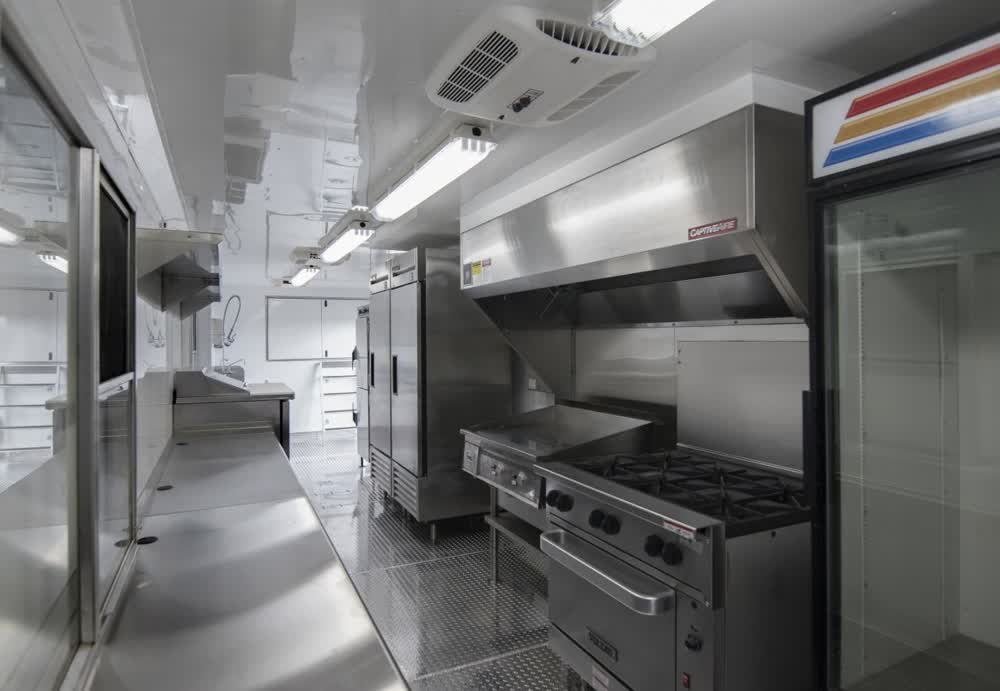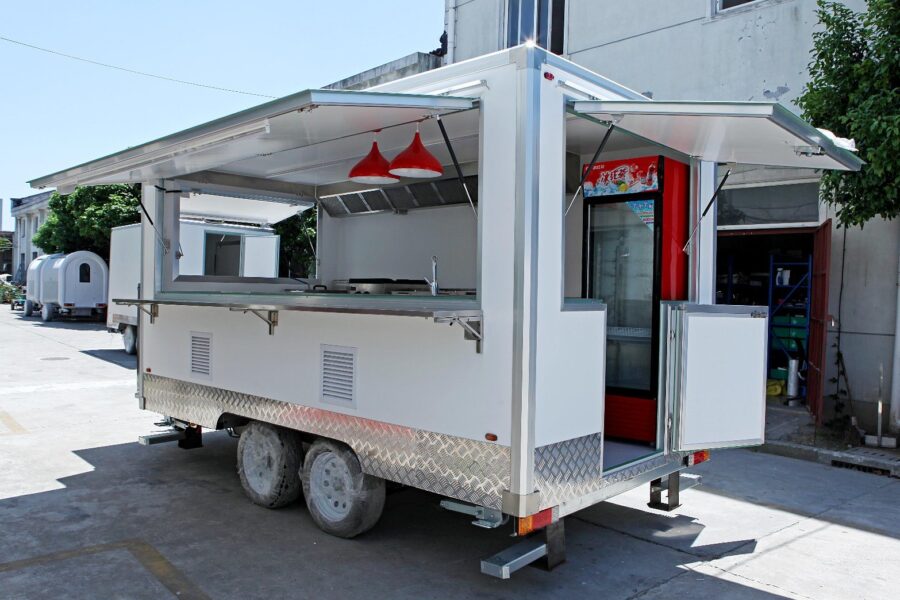The Rise of Ghost Kitchens: Transforming the Food Delivery Landscape
In recent years, the culinary world has witnessed a revolutionary shift in how we consume food. With the advent of technology and the ever-evolving preferences of consumers, traditional dining experiences have given way to a new phenomenon known as ghost kitchens. Ghost kitchens, also called virtual kitchens, cloud kitchens, or dark kitchens, represent a disruptive concept that is reshaping the food delivery landscape.

In this article, we will explore what exactly a ghost kitchen is, how it works, its impact on the restaurant industry, and the reasons behind its soaring popularity.
Defining Ghost Kitchens:
A ghost kitchen is a commercial food production facility that operates without a brick-and-mortar storefront for dine-in customers. Instead, these kitchens focus solely on preparing food for delivery or takeout, typically serving multiple restaurant brands under one roof. This means that a single ghost kitchen can cater to various culinary concepts and diverse cuisines, all managed and operated from a central kitchen space.
How Ghost Kitchens Work:
Ghost kitchens operate with a streamlined and efficient approach. These facilities are usually located in strategically chosen areas with high population density and proximity to target consumers. The central kitchen space is equipped with professional-grade cooking equipment, and a team of skilled chefs and kitchen staff work together to prepare the food.
These virtual kitchens often partner with third-party delivery platforms or have their own dedicated delivery fleet to reach a wide customer base. They leverage mobile apps and websites to handle orders, and their entire business model centers around speed, precision, and seamless delivery services.
The Advantages of Ghost Kitchens:
- Cost-Effectiveness: One of the primary reasons behind the popularity of ghost kitchens is their cost-effectiveness. Traditional restaurants face numerous expenses, such as rent for prime locations, elaborate interiors, and front-of-house staff salaries. Ghost kitchens eliminate these overhead costs, making it an attractive option for restaurateurs and entrepreneurs to test new concepts or expand their existing businesses.
- Enhanced Efficiency: Ghost kitchens are designed for efficiency, where chefs can focus solely on cooking without the distraction of serving dine-in customers. The entire process is streamlined, reducing waiting times and improving order accuracy.
- Flexibility and Diversification: Ghost kitchens offer the unique advantage of experimenting with multiple brands and cuisines under one roof. Entrepreneurs can run multiple virtual restaurant concepts simultaneously, targeting different customer preferences without investing in separate physical locations.
- Data-Driven Insights: The digital nature of ghost kitchens allows for the collection and analysis of valuable data on customer preferences and ordering habits. This data-driven approach enables restaurateurs to make informed decisions, refine their menus, and enhance customer satisfaction.
- Expanding Reach: By operating solely through delivery and takeout, ghost kitchens can reach a broader audience beyond the confines of a physical restaurant’s geographic limitations. Customers from various neighborhoods can enjoy their favorite dishes without the need to travel.
Impact on the Restaurant Industry:
Ghost kitchens have sparked a transformative wave in the restaurant industry, altering how food businesses operate and interact with customers. While they have opened up new opportunities for innovation and growth, they have also presented challenges to the traditional restaurant model.
1. Competition and Market Saturation: As ghost kitchens become more prevalent, the competition in the food delivery market intensifies. With numerous virtual restaurants vying for customers’ attention, standing out from the crowd and building brand loyalty becomes increasingly difficult.
2. Shift in Customer Behavior: The rise of ghost kitchens has significantly influenced customer behavior. People are now more inclined to order food through mobile apps and websites rather than dining out. This shift has led to a decline in foot traffic for traditional restaurants and a growing dependence on delivery platforms.
3. Transformation of Real Estate: Ghost kitchens have disrupted the real estate landscape. With the demand for large dine-in spaces decreasing, property developers and landlords are adapting to the changing needs of the restaurant industry, leading to more flexible and customized spaces suitable for ghost kitchen operations.
4. Employment Impact: While ghost kitchens create job opportunities in the culinary field, they also alter the nature of traditional restaurant employment. With fewer front-of-house positions and a greater emphasis on kitchen staff and delivery drivers, job roles are redefined in the food service sector.

Ghost kitchens have revolutionized the food delivery landscape, providing an innovative and cost-effective approach to the restaurant industry. By leveraging technology, efficiency, and data-driven insights, these virtual kitchens have rapidly gained popularity and transformed the way we experience food. As consumer preferences continue to evolve, the rise of ghost kitchens is likely to persist, shaping the culinary landscape for years to come.
Learn more at Wiki as well.